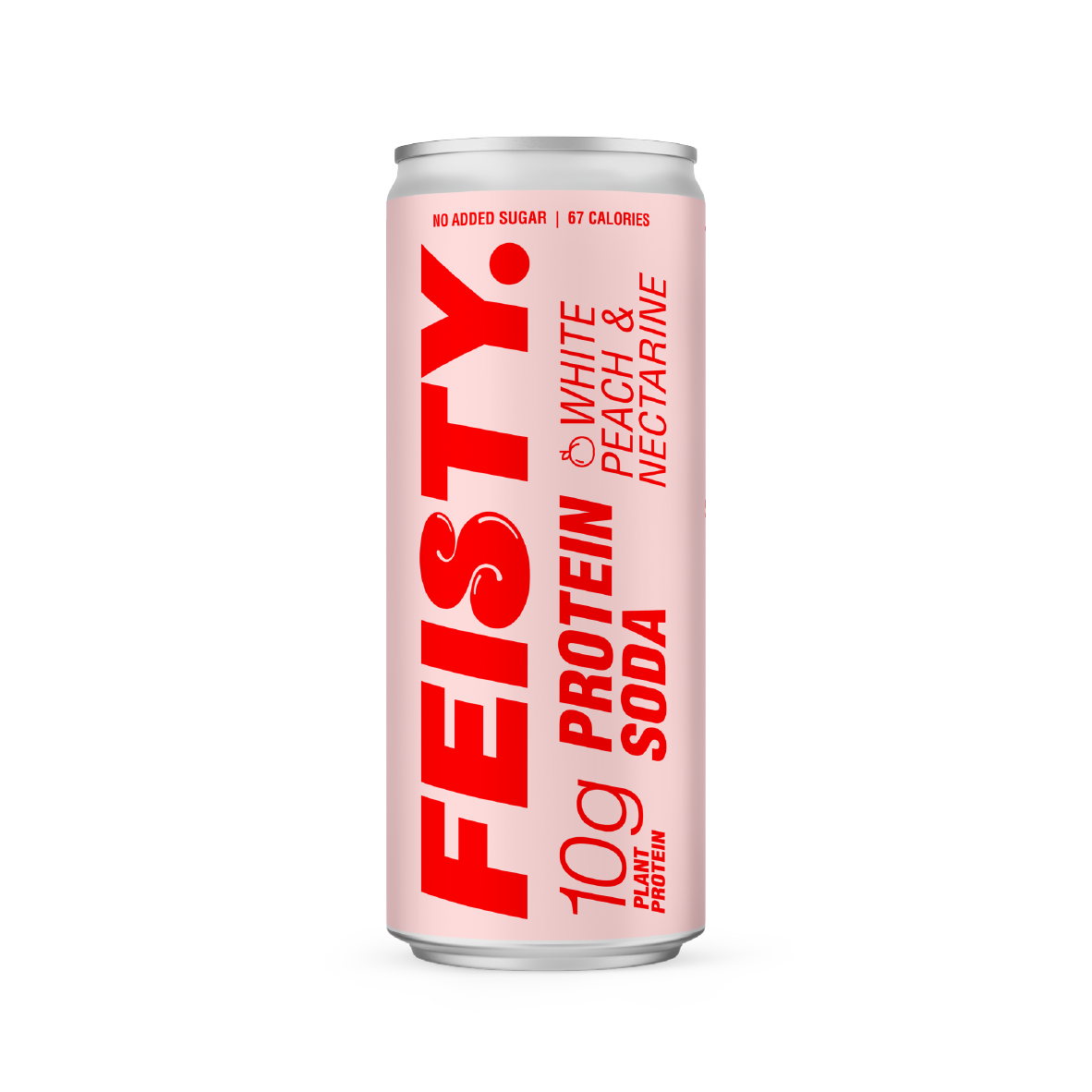Pea protein: Protein’s green future?
Author: Daniel Agarwal
In the world today, we are being confronted by an array of environmental challenges, including pollution, deforestation, loss of biodiversity and climate change. Amidst the growing environmental crisis, our dietary choices impact future generations. An unassuming yet crucial field of innovation is the protein market. This blog sets out to shed light on the intricate relationship between protein and the environmental predicament that demands our attention and action. We will highlight why we need a shift from traditional protein sources and explore how pea protein is an important step in the right direction.
Issues with Animal Protein
Animal products are any food from animal origin such as meat, poultry, fish, eggs and milk. These more traditional sources of protein are often associated with various environmental issues. Let’s delve into some examples.
Greenhouse emissions
As ruminants, cows and sheep have a unique digestive process involving multiple stomach compartments. During this process they produce a greenhouse gas called methane which is a greenhouse gas 30 times as potent as carbon-dioxide. With approximately a billion cattle held world-wide this adds up: animal agriculture makes up 18% of global greenhouse emissions, which is more than the 13% of every single mode of transport combined. These greenhouse emissions accumulate in the atmosphere, trapping the sun’s heat and contribute to global warming.
Land usage
Another problem is the inefficient land use of animal agriculture. The United Nations states that the livestock sector uses 30% of the planet’s land surface which makes it the “by far the single largest anthropogenic user of land”. While it is true that livestock need space for grazing, the majority of land usage comes from crops they consume. Bear in mind that cattle must be fed every day until they are slaughtered at 2-3 years old. Simply put, the number of calories that animal products offer is far less than the calories needed to produce the products. Calculations of the United Nations Environment Programme predict that we could feed an extra 3.5 billion people if we were to utilise the calories that are lost by feeding cereals to animals, for humans. This is very detrimental with around 828 million people affected by hunger. The problem isn’t that we don’t have enough food, the problem is that we are wasting it.
Deforestation
The huge amounts of land needed also result in deforestation. In Brazil, farmers set fire to parts of the amazon to acquire extra land for animal agriculture. According to Greenpeace, cattle ranching is “the biggest cause of deforestation in virtually every Amazon country” releasing 340 million tons of carbon into the atmosphere every year. This land usage poses a threat for biodiversity because it reduces the size of natural habitats and endangers the animals living in them.
Soil erosion
Furthermore, overgrazing can lead to soil erosion. Too much livestock activity decreases vegetation and causes the loss of topsoil. This destabilises the soil and can lead to the loss of fertile land, an increased flooding hazard, polluted rivers and the decline of local fish or other species.
Water consumption and pollution
Additionally, animal products have a large water footprint. Meat and dairy account for 40% of agricultural water demands while providing only 18% of the population’s calories. This is an important problem to resolve due to more and more countries suffering from water scarcity.
Another issue is that excess nutrients from fertiliser and animal waste can end up in water bodies. The nitrogen rich waste promotes harmful algae blooms, which consume oxygen inthe water and create dead zones where fish can’t survive. Today there are more than 400 dead zones world-wide.
Because of this, animal agriculture isn’t sustainable. We need to rethink the way we approach agriculture, decrease our animal product consumption and we need alternate protein sources.
What is pea protein?
Peas are classified as legumes and are native to the Middle East. Pea protein is typically sourced from yellow or green split peas and is one of the few protein isolates that isn’t chemically processed. One of the key properties of pea proteins is that it is classified as a “complete protein” containing all nine essential amino acids. It is also especially high in branched-chain amino acids (BCAAs) which can aid muscle synthesis. In one 12-week study, weight-lifting men who consumed 50 grams of pea protein per day gained the same amount of muscle as those taking whey protein. This indicates that pea protein powder may be just as effective at building muscle mass, as more common dairy-based protein powders. Meanwhile, pea protein, unlike animal protein, contains no unhealthy saturated fats.
However, it is worth considering that it is relatively low in the amino acid methionine. Products can also be high in sodium so people on a sodium restricted diet should watch their intake.
How green is pea protein?
First of all, peas, pulses and nuts have a very low carbon footprint. While 100g of beef protein produces around 35 kg of emissions, 100g of pea protein only produces 0.4 kg of greenhouse gases. This means beef’s carbon footprint is almost 90 times as high as that of peas for the same amount of protein. An important factor is that peas and other legumes capture nitrogen from the air and store it in the soil contributing to sustainable crop cycles. This reduces the need for emission causing fertilisers and leads to a lower carbon footprint.
There is a general trend that a plant-based diet needs less land. Studies suggest that a vegan diet uses 75% less land than an omnivorous diet. Similarly, a gram of pea protein needs around 100 times less land than a gram of beef or lamb protein. This frees up land that can be used to restore natural ecosystems and support biodiversity. Another benefit is that peas have a shallow root system which reduces the risk of soil erosion.
Additionally, peas don’t need as much water as animal products. They are well-adapted to dry climates with little water, so they are more drought-resistant than cereals such as wheat or rice. According to the Water Footprint Network, less water intensive animal products including milk, eggs and chicken still use 1.5 times more water than pulses such as peas per gram of of protein. Meanwhile, beef’s water footprint is around 6 times higher than that of pulses for the same amount of protein.
Conclusion
To summarise, pea protein’s low environmental impact, high nutritional value, and versatility make it a compelling choice for those who wish to embrace a more eco-conscious and health-conscious lifestyle. As we navigate the complex challenges of feeding a growing global population while protecting our planet, pea protein offers a promising solution that paves the road to a greener, more sustainable future. If you want to make the switch to a more sustainable and healthy protein drink, try out Feisty. We offer 2 eggs worth of pea protein in refreshing flavours, all without any artificial additives.




![Sicilian Lemon Lime Protein Soda [Limited edition]](http://feistydrinks.com/cdn/shop/files/FeistyDrinksProteinSoda10gramsSicilianlimelemon2_b8acb0e3-899b-45f9-bd87-d4215b80646d.jpg?v=1739397526&width=3000)






![Sicilian Lemon Lime Protein Soda [Limited edition]](http://feistydrinks.com/cdn/shop/files/FeistyDrinksProteinSoda10gramsSicilianlimelemon2_b8acb0e3-899b-45f9-bd87-d4215b80646d.jpg?v=1739397526&width=2000)
